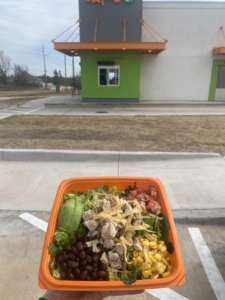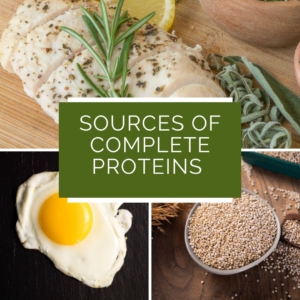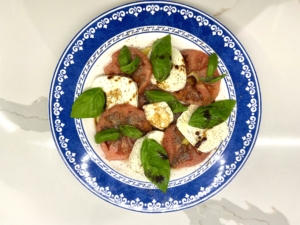Picking out a Yogurt

 The yogurt aisle has exploded with options over the last decade for a good reason! Yogurt is packed with calcium, probiotics and protein that can be part of a healthy breakfast or snack. Let’s talk about what to look for when you are trying a new yogurt.
The yogurt aisle has exploded with options over the last decade for a good reason! Yogurt is packed with calcium, probiotics and protein that can be part of a healthy breakfast or snack. Let’s talk about what to look for when you are trying a new yogurt.
The first things you’ll notice are names like “Greek Yogurt,” “Light Yogurt” or “Low Fat Yogurt.” In general, Greek yogurts will be higher in protein and more satiating. We recommend sticking with these. While light yogurts may be lower in calories, they often don’t contain enough fat or protein to keep you full.
Look on the back of the yogurt container, and you’ll be able to see the nutrition panel. There are a few lines in particular we want to focus on. First, look to see how much saturated fat the yogurt contains. For a 5-8oz container of yogurt, keep saturated fat under 3g. Next, look at the “Added Sugars” line under the carbohydrates. Ideally, we want less than 10g of added sugars – and even less is better! Finally, look at the amount of protein that each portion contains. To help you stay full, we recommend a minimum of 10g of protein, but more is better!
There are several brands that generally follow these guidelines that would be a good place to start: Chobani (look for their Zero Sugar line); Siggi’s; Oikos (look for their Triple Zero line); or Fage! A note: If you have sensitives to non-nutritive sweeteners, be sure to look closely at the ingredients.
Do you have a milk allergy? Yogurt is still a great choice for a convenient, high protein breakfast and these tips on evaluating the nutrition label still apply! Be sure to look for a soy, coconut or almond based yogurt to be allergy friendly.


 Autism Spectrum Disorder (ASD) is a neurological condition that includes a broad range of characteristics that affect how individuals interact socially, communicate, learn, and behave.
Autism Spectrum Disorder (ASD) is a neurological condition that includes a broad range of characteristics that affect how individuals interact socially, communicate, learn, and behave. ed protein.” They do! These foods are sources of
ed protein.” They do! These foods are sources of 

